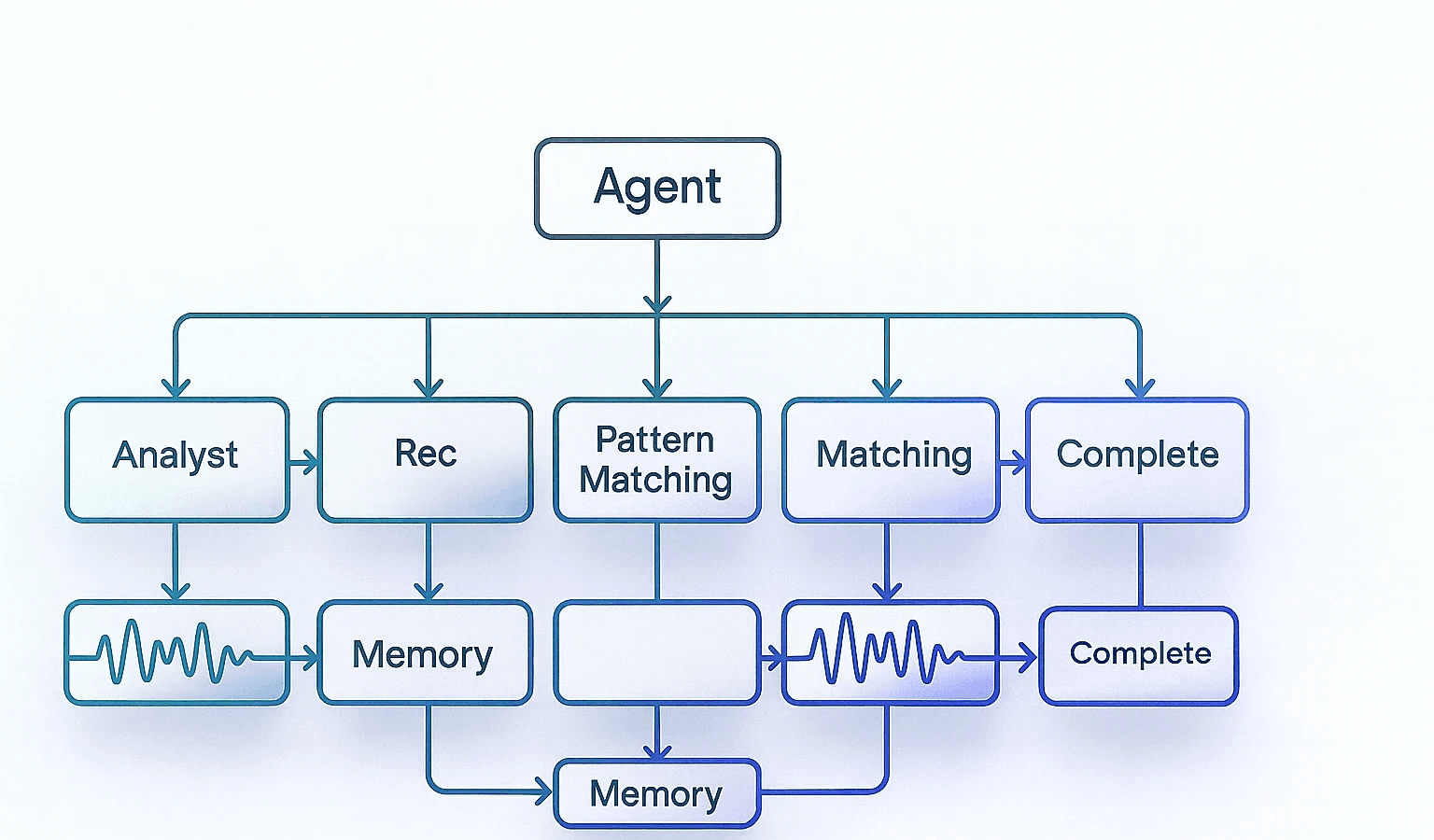Back
Building internal AI is different from building internal applications. It requires a new approach.
For years, the competitive landscape in software has been framed around the application layer.
Product A vs. Product B. Dashboards stacked on dashboards. Functionality compared feature by feature.
That approach is outdated in an AI age.
AI requires a different strategy. The focus shifts away from applications and functionality and toward models. Each model produces outputs. The question is how those outputs can be aggregated and fed into a larger client AI.
In practice, this may look like:
Model 1 and Model 2 developed in-house
Model 3 from a software provider
Model 4 from a niche model provider
Model 5 from a generalized AI (think the OpenAIs of the world)
…..
The value doesn’t come from each model in isolation — it comes from connecting them so the client AI benefits from all of them together.
Historically, this wasn’t possible. Applications competed with each other for attention, integration was painful, and everything stayed siloed.
Now, with advances in MCP's, OpenRouter, and more, aggregation is not only possible but far easier than before. This changes how companies should approach internal builds.
The applications mindset says:
“We need another internal product or dashboard that does X, Y, and Z.”The AI mindset says:
“We need many models that work together to simplify, each best at what it does, connected into a larger AI that learns and adapts.”
This is a big and needed shift in the software & AI landscape.
Companies that stay locked into the application mindset will keep adding siloed products, limiting the overarching intelligence. Companies that move to a model-first mindset will build internal AIs that are more powerful, flexible, and cost-effective.
That’s where the competitive landscape is headed and it’s where internal organizational design needs to evolve to.
The sooner organizations make this shift, the sooner they unlock the real potential of AI.
About Tasq
Tasq is built on the belief that the future is model-driven, and access to AI shouldn’t be limited to a handful of data scientists. Organizational bottlenecks slow productivity and keep critical insights out of the hands of the people who need them most. Tasq platform empowers entire teams to build, deploy, and iterate on AI models and workflows—without waiting in line. Data can be uploaded and live models deployed in minutes, giving teams the speed and autonomy to generate real value, fast.
Tasq was developed by engineers who led AI initiatives in the Oil and Gas industry & are creating the future for operations.

Comments
Related Articles


